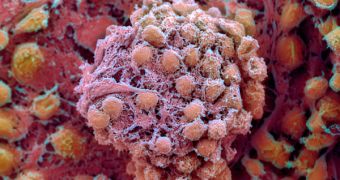It is possible to revert adult mouse cells to their embryonic state while they are still inside the rodents' bodies, researchers writing in the journal Nature say.
In their paper, the scientists describe how, by toying with the genetic makeup of several mice and a chemical compound dubbed doxycycline, i.e. a compound commonly used as an antibiotic, they have managed to reprogram adult cells and make them behave like embryonic stem cells.
Unlike stem cells that are grown in Petri dishes, the ones that formed inside these rodents' bodies were able to take on a wider variety of identities.
Thus, investigations have shown that they were able to form a type of placental cells that have never before been grown from stem cells, and even come together to form embryo-like structures.
In order to compel adult mouse cells to turn back into their embryonic state, the researchers first engineered rodents whose genetic makeup made them particularly responsive to doxyclycline.
When the mice were administered this compound, their bodies started producing chemicals that reversed cells in their bodies to their embryonic state.
The bad news is that, as they reverted to their embryonic state, the tissues inside these animals’ bodies also formed tumors dubbed teratomas.
These tumors were made up of a large variety of types, and researchers suspect that they formed because the newly created embryonic stem cells were not given any instructions for future development.
Scientists are now working on figuring out a way to compel these embryonic stem cells to take on new identities while still inside the body and help regenerate damaged tissues and organs without forming tumors.
“We have demonstrated reprogramming. Now we have to show regeneration,” lead researcher Manuel Serrano explains, as cited by Nature.
They say that, all things considered, their achievement could one day lead to the development of more effective regenerative therapies. Thus, it may happen that, at some point in the future, this technique will be used to repair the human body from the inside.

 14 DAY TRIAL //
14 DAY TRIAL //